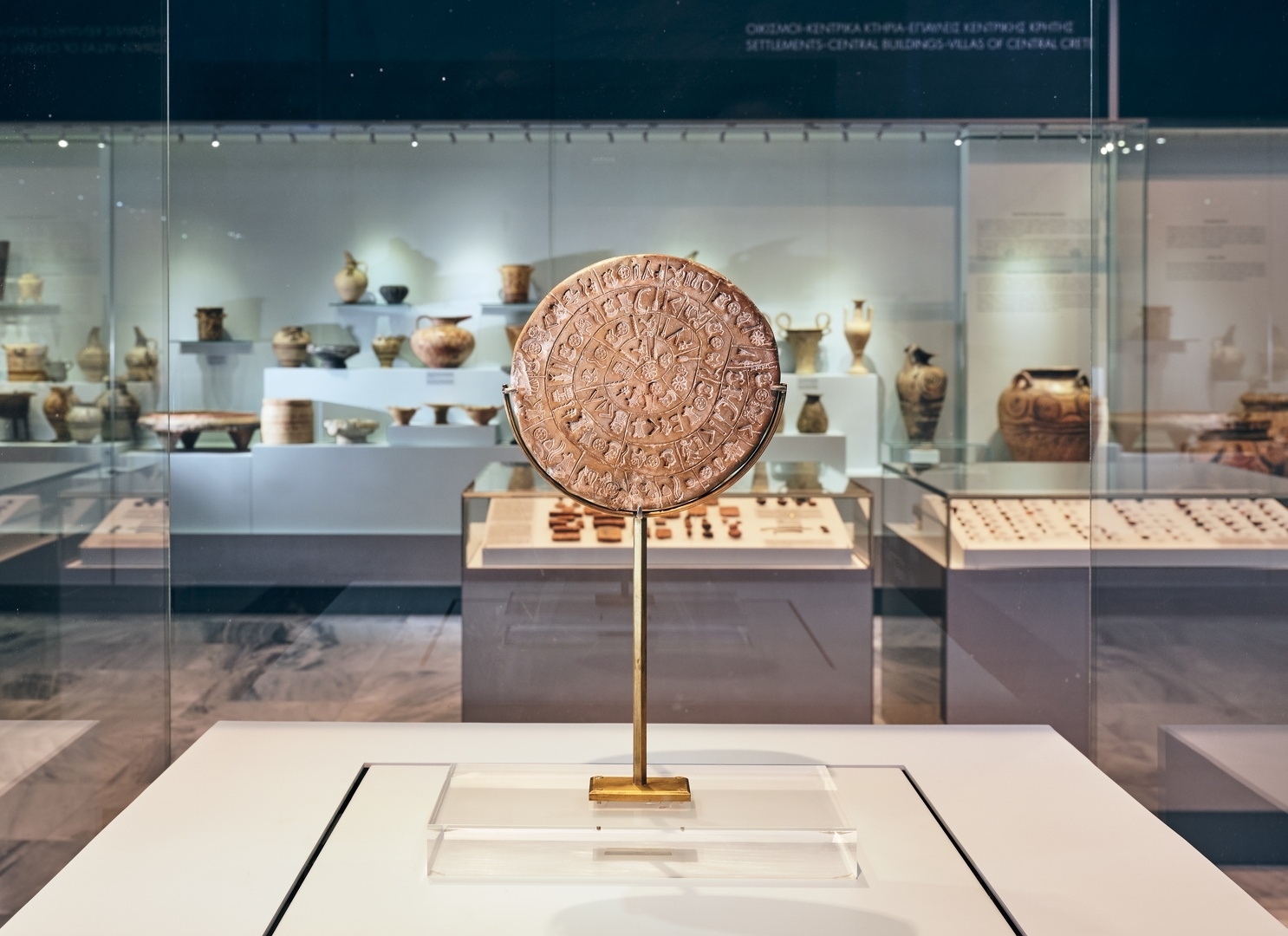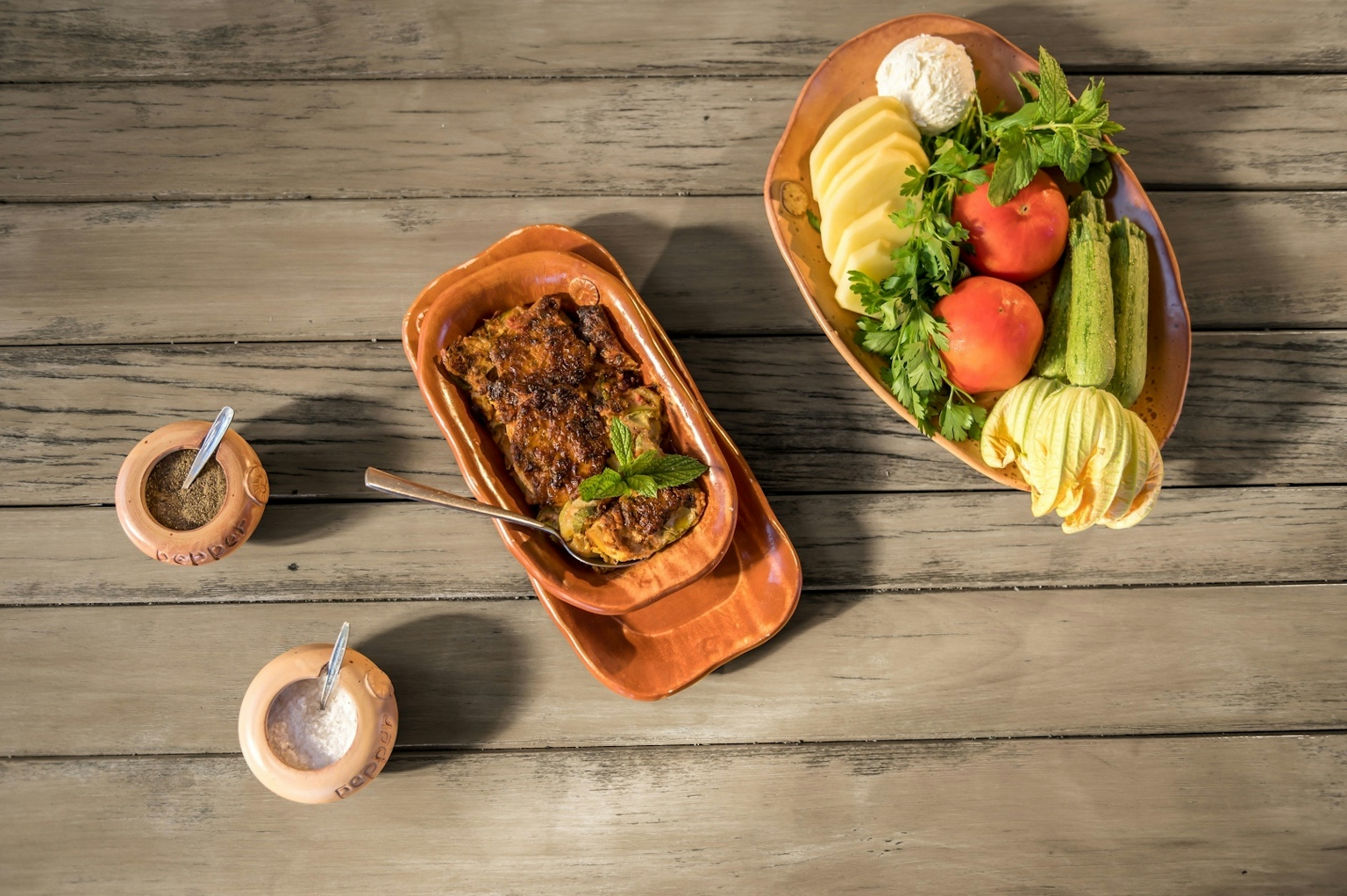
Harvesting the flowers is an early morning ritual!
The scent of this dish emanates in the summer in the village.
Even now, picking the flowers is one of the loveliest morning awakenings, happening early in the morning before the sun rises, because afterward, the courgette blossoms close.
Care is taken to select the wide-open blooms, known as the males, as they hold the delicate flavour prized by old housewives, who believed these blooms were imbued with exceptional taste.
Ingredients for 50 stuffed courgette flowers:
- 1 1/2 cups crushed wheat
- 1/2 cup Carolina rice
- 1 cup olive oil
- 1/2 bunch parsley, finely chopped
- 4 spring onions, finely chopped
- 1/2 bunch St John’s wort, finely chopped
- 3 courgettes, grated
- 1 potato, grated
- 1 cup tomato, grated
- Salt and pepper to taste
Preparation:
Clean the flowers by carefully removing the excess stem and the orange stamen located inside the base of each flower. Then, delicately remove the thin green stems, known as the ‘moustache’, from around the flower. Take care to avoid tearing the delicate petals.
To keep the blossoms open until you fill them, stack them one inside the other.
Prepare the filling by combining all the ingredients and half of the olive oil in a bowl.
Fill the blossoms by taking each one in your hand and adding a teaspoon of filling. Fold the petals over the filling and seal the edges securely, similar to stuffed vine leaves, to prevent the filling from escaping.
Line the bottom of the pot with slices of potato or courgette.
Arrange the filled flowers in layers, placing them closely together to prevent them from opening and spilling out during cooking.
Cover the pot with a plate to keep the flowers tightly packed. If baking in a baking pan, cover them with slices of potato or courgette to prevent burning.
Next, add a small amount of water and the remaining olive oil.
Occasionally, gently shake the pot in a circular motion.
Cook over low heat for approximately 40 minutes.
Once cooked, remove the dish or slices of potato or courgette and add lemon juice or unripe grape juice.
Allow them to rest for a while, then carefully transfer them one by one onto a plate to prevent them from breaking.
Lena Igoumenaki
President of the Cretan Cuisine Festival Association
Cretan Cuisine Festival
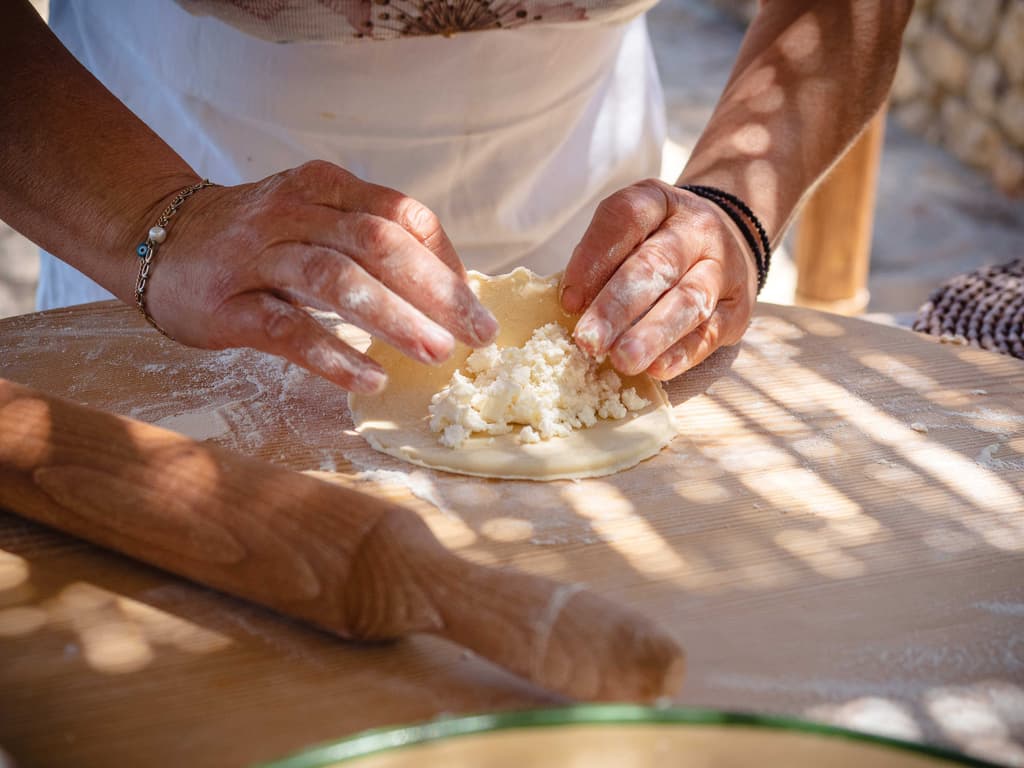
Mizithropites: Authentic Cretan Pies
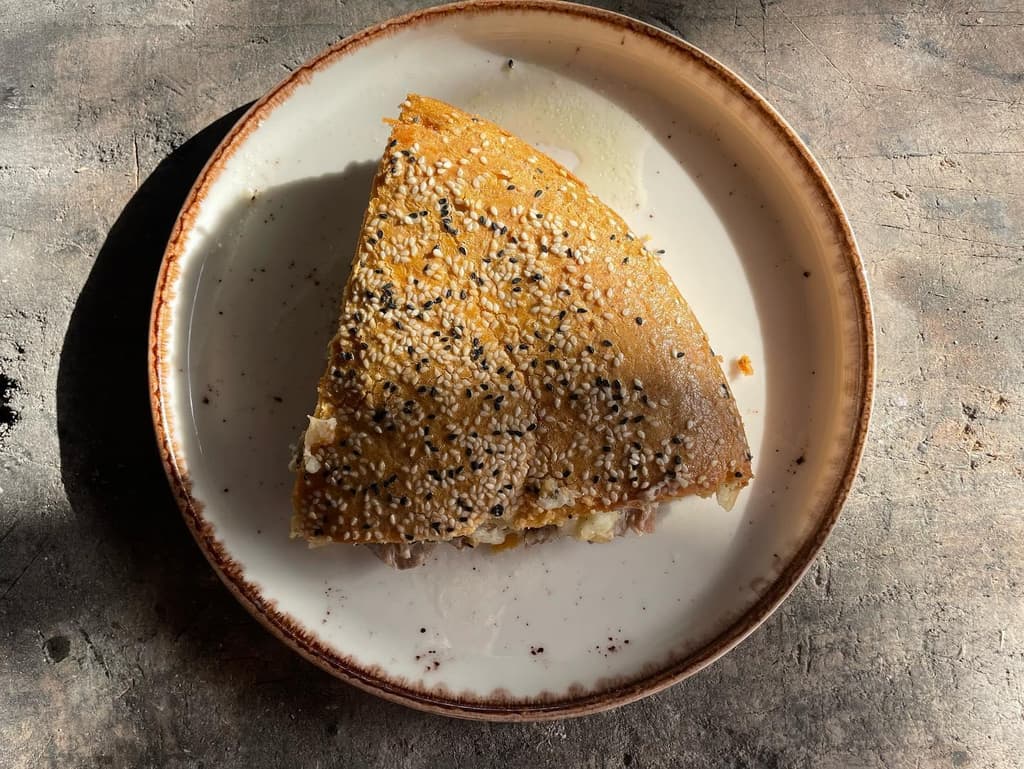
Meat cake

Chania Boureki or Courgette Boureki

Topia (Balls)
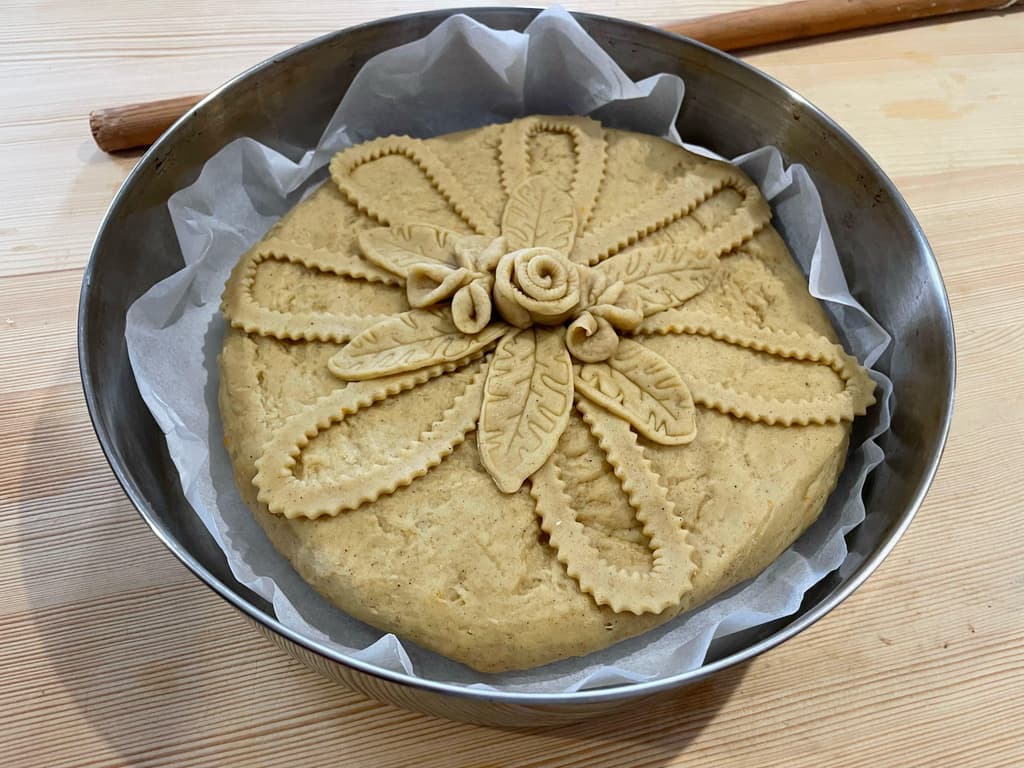
The Traditional 'Bread of the Year'
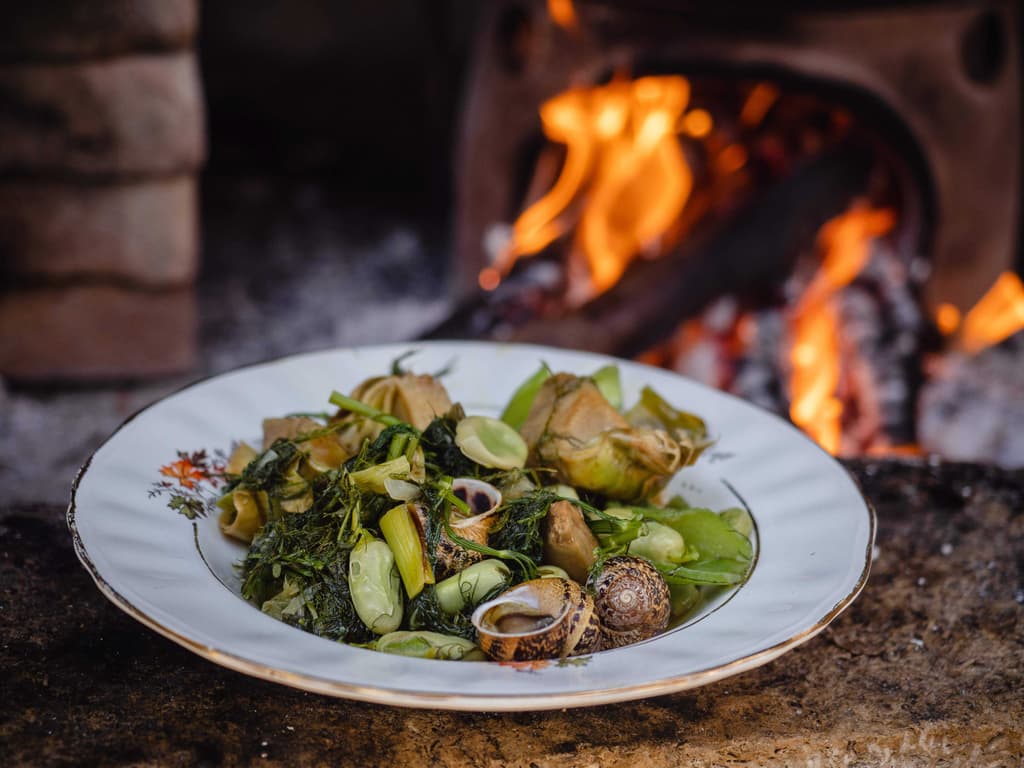
Snails with Broad Beans and Artichokes
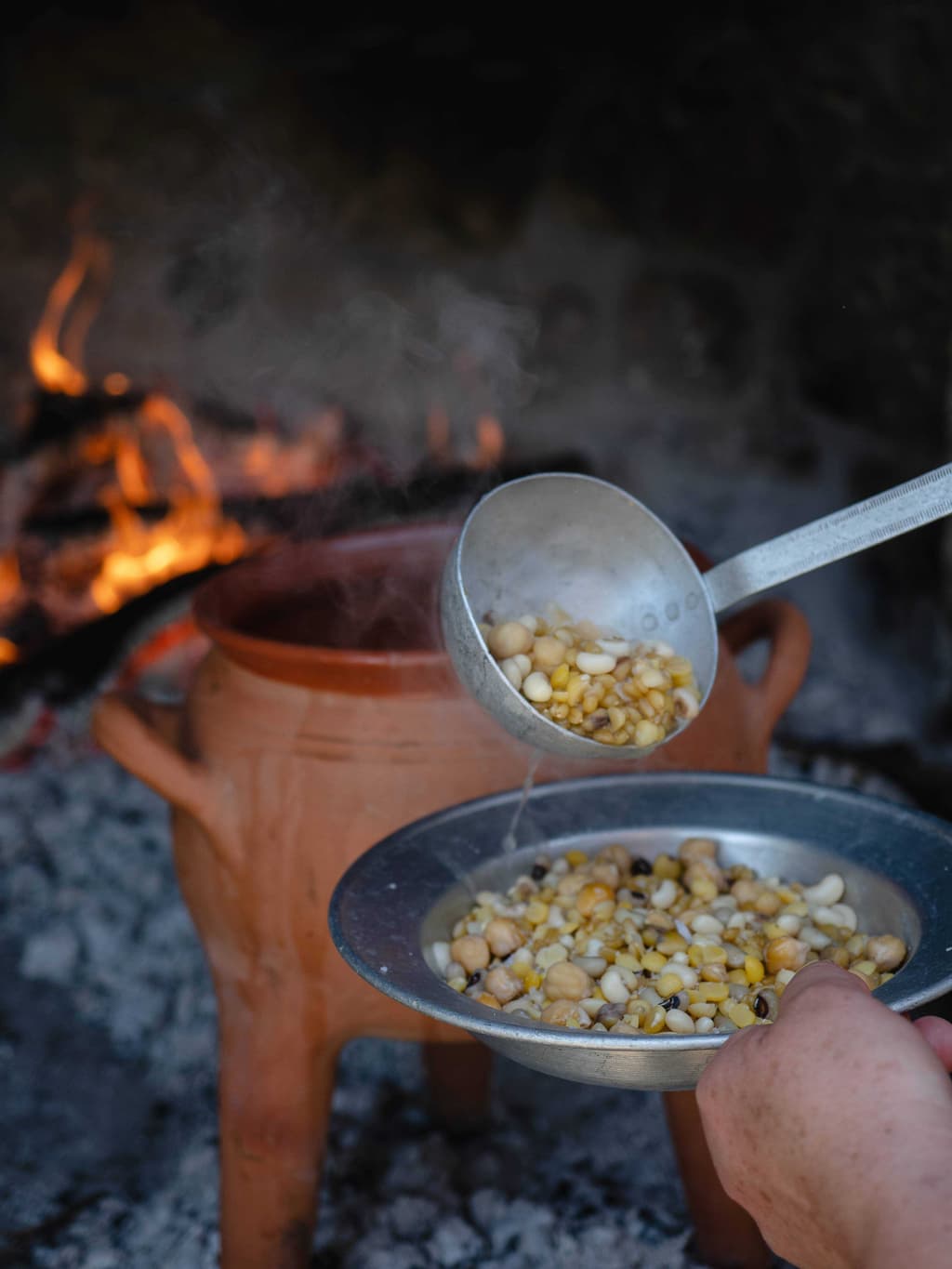
Cretan Ospriada or Palikaria (A Legume Dish)

Chickpeas with Wild Leeks, Flour and Lemon Sauce
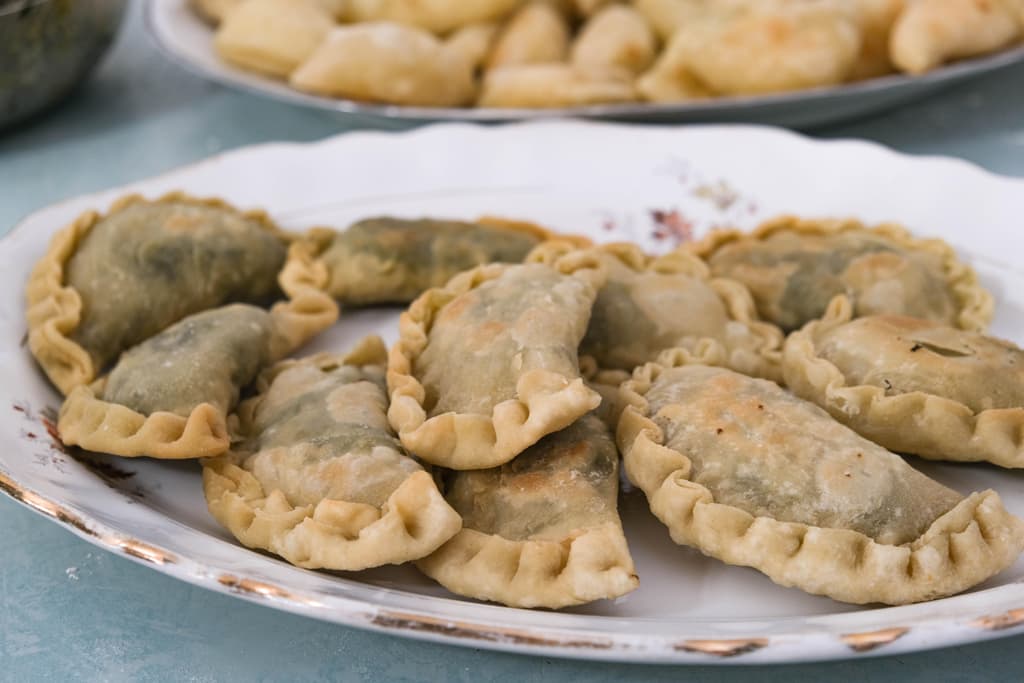
Pies with ‘Yachnera’ Greens
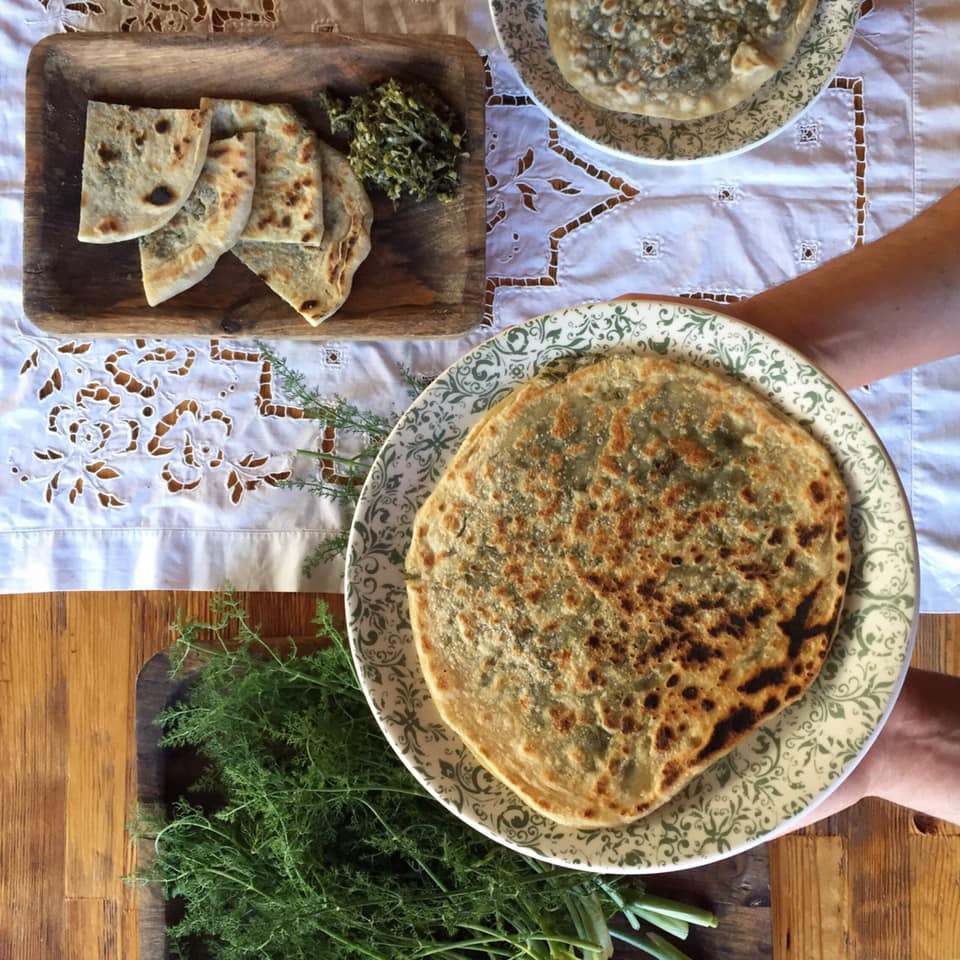
Fennel Pie

Sfakian Pie or Sfakianopita

Biscuits with Sesame Seeds

Sweet Rice Pie or 'Tzoulamas'

Apostoli White-Eyed Bean
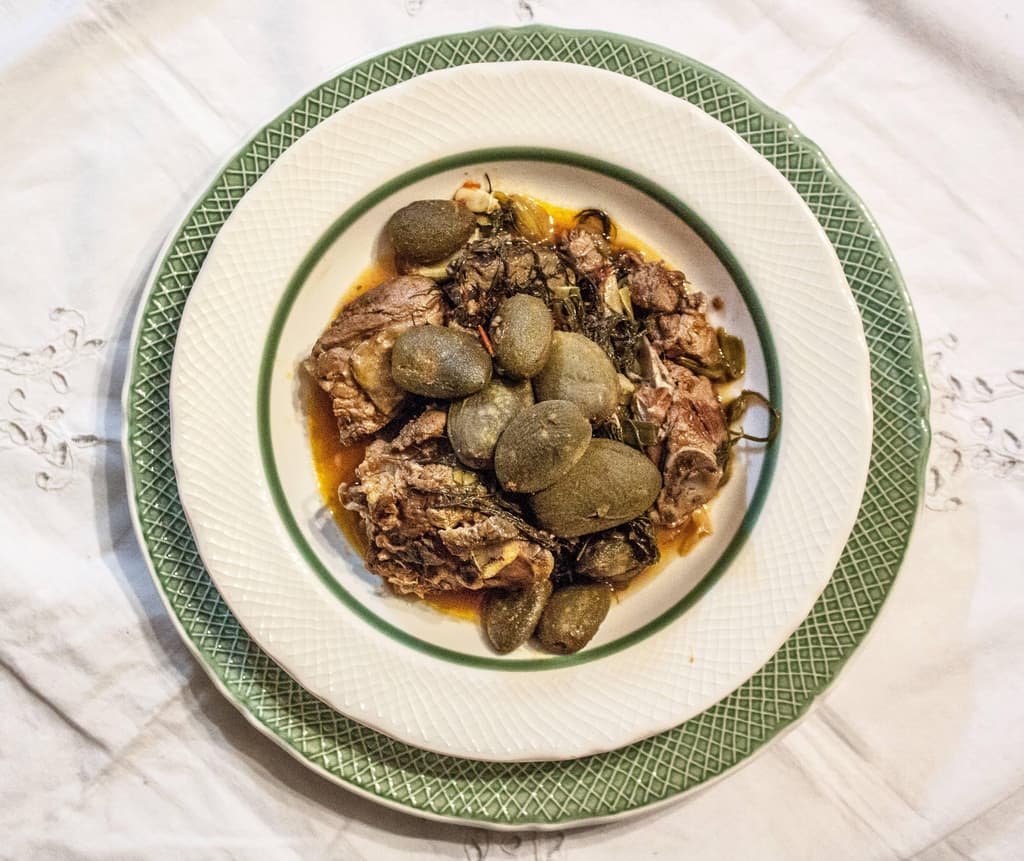
Almond-Infused Goat Dish with Fennel: A Fresh Delight

Lazarosavato
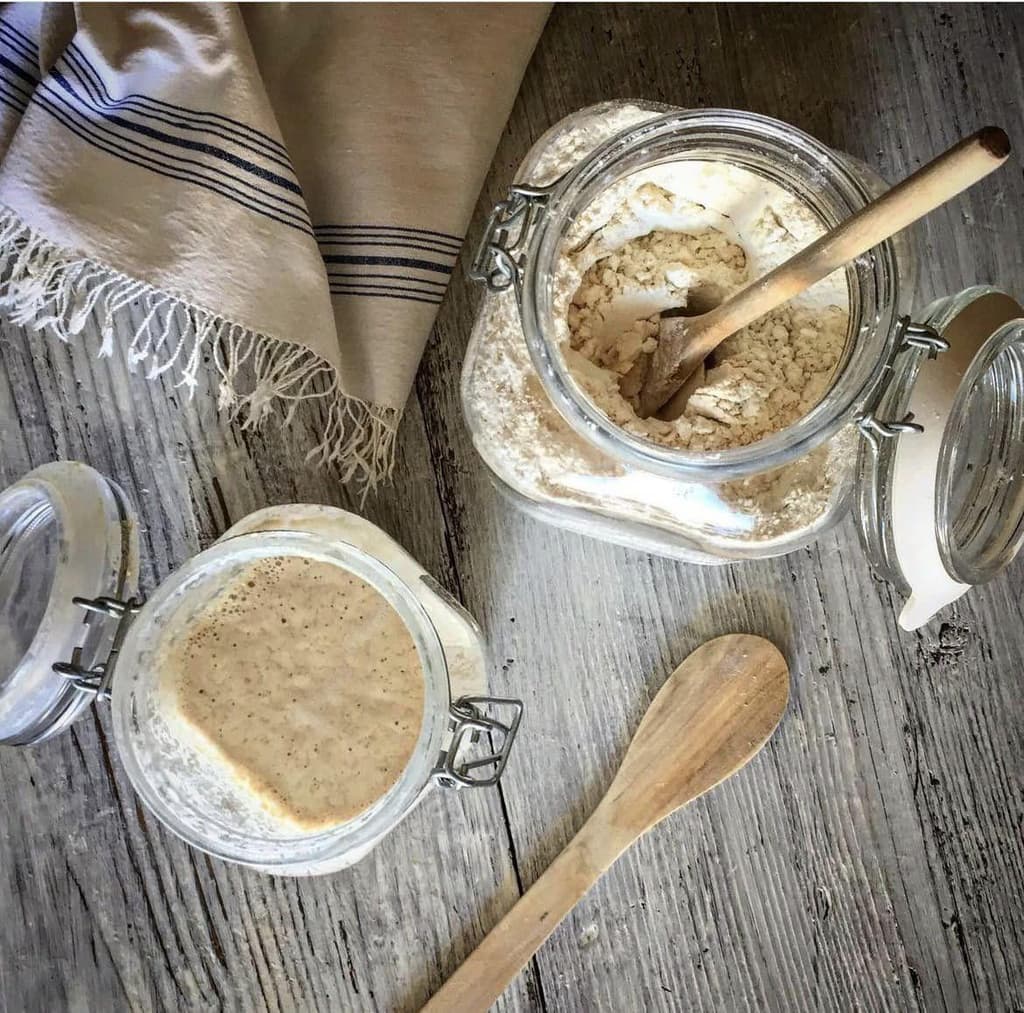
The Holy Week Sourdough
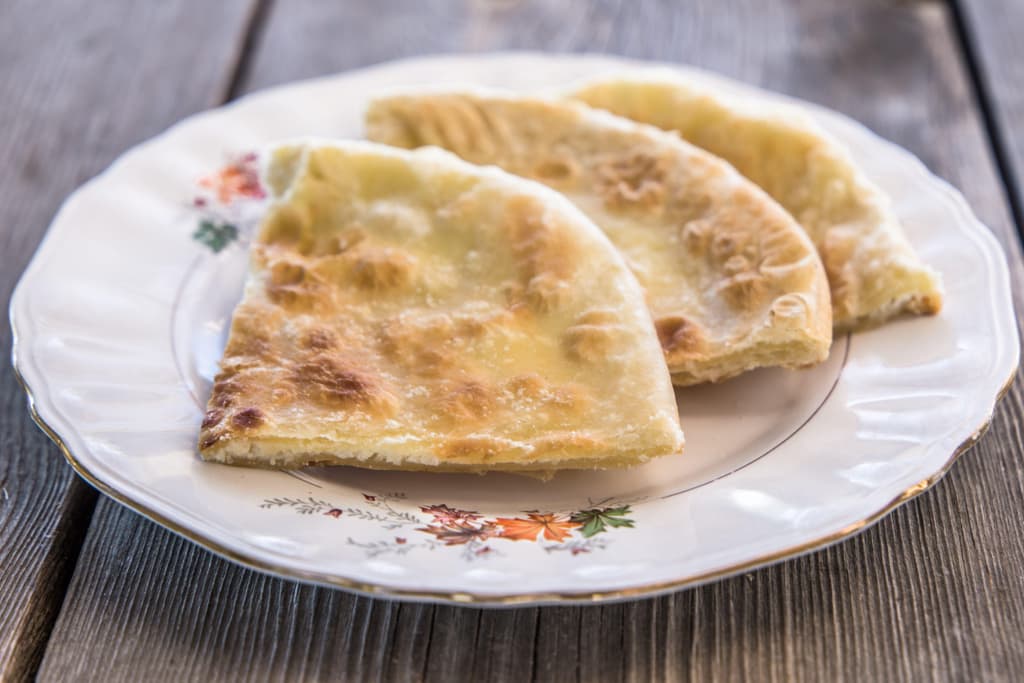
Nerati Mizithropita
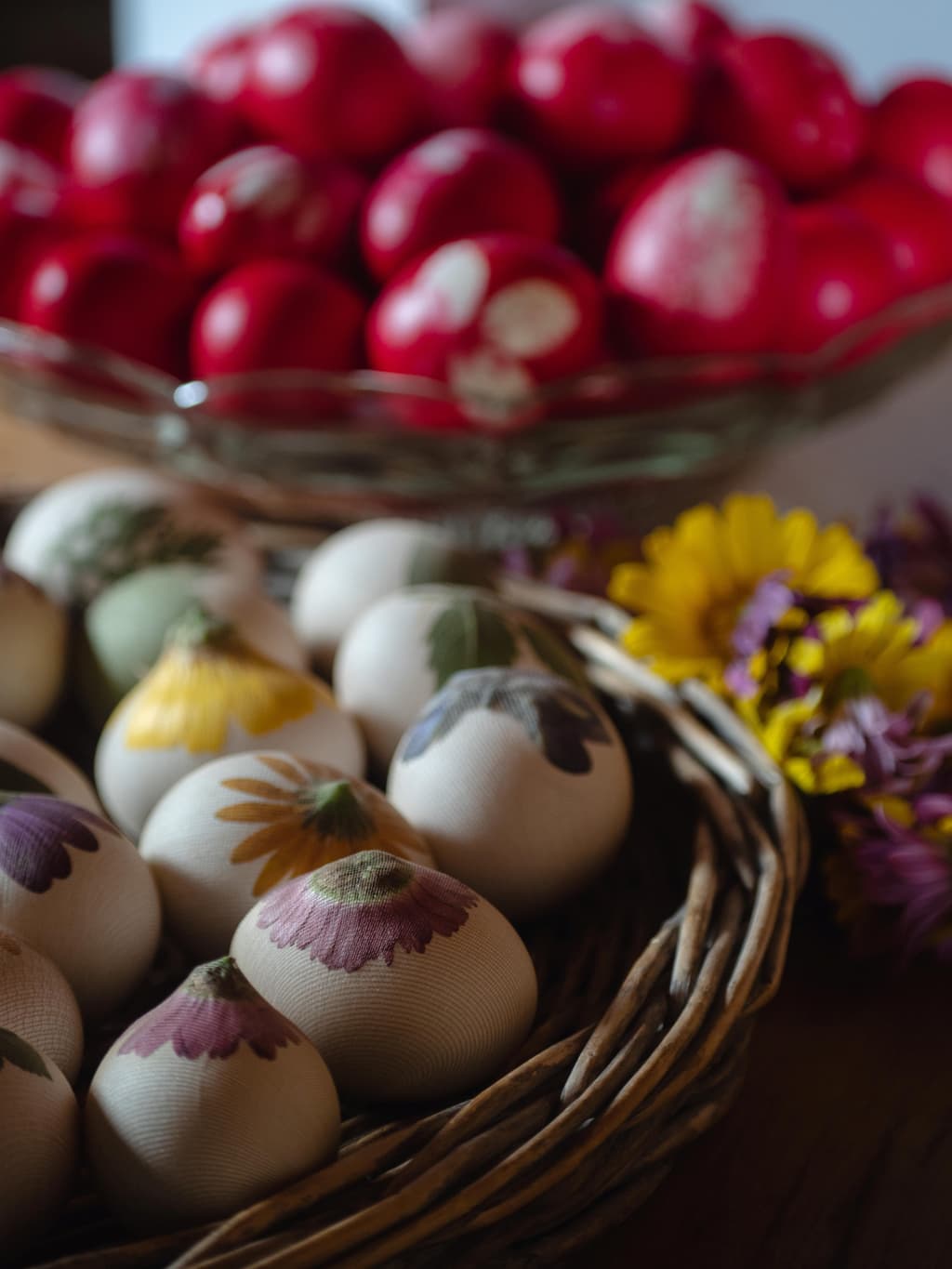
Easter Eggs

Kalikota
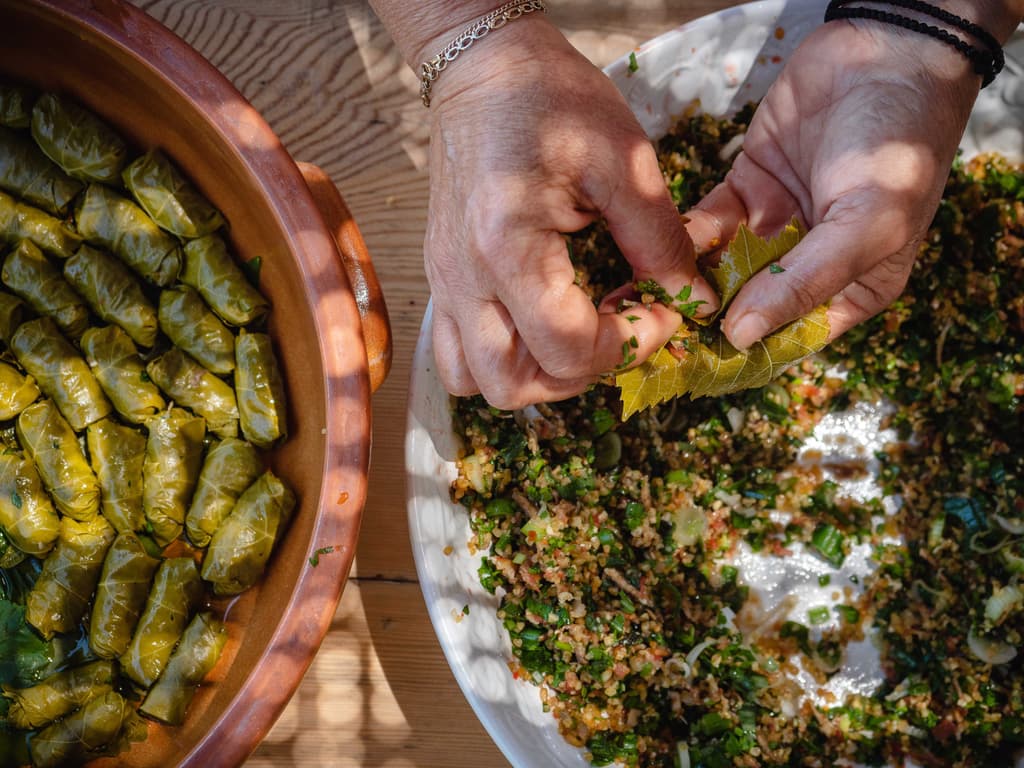
Stuffed Vine Leaves

Cracked Wheat and Snails
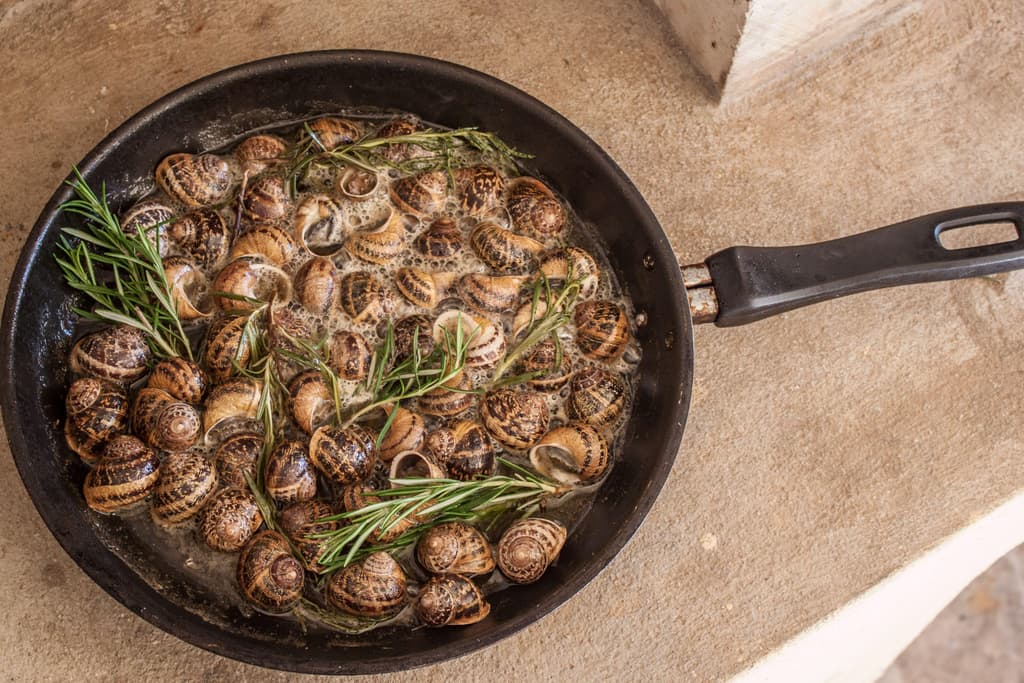
Chochli Boubouristi (Snails Face Down)
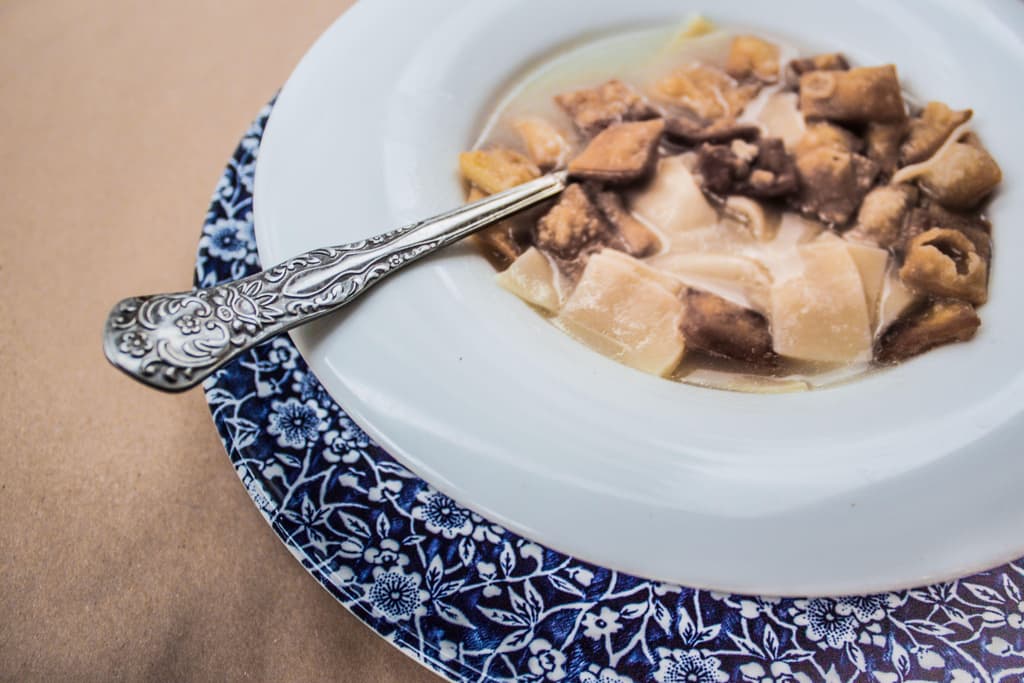
Mangiri

Symian Bean
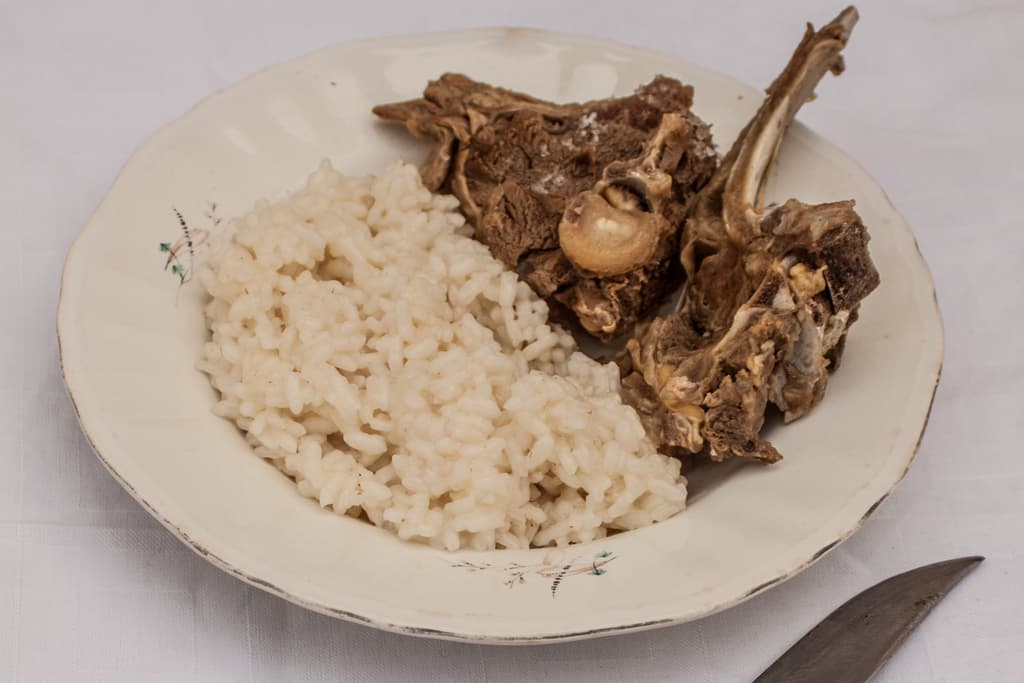
Cretan Pilaf

Rethymno Water Pies
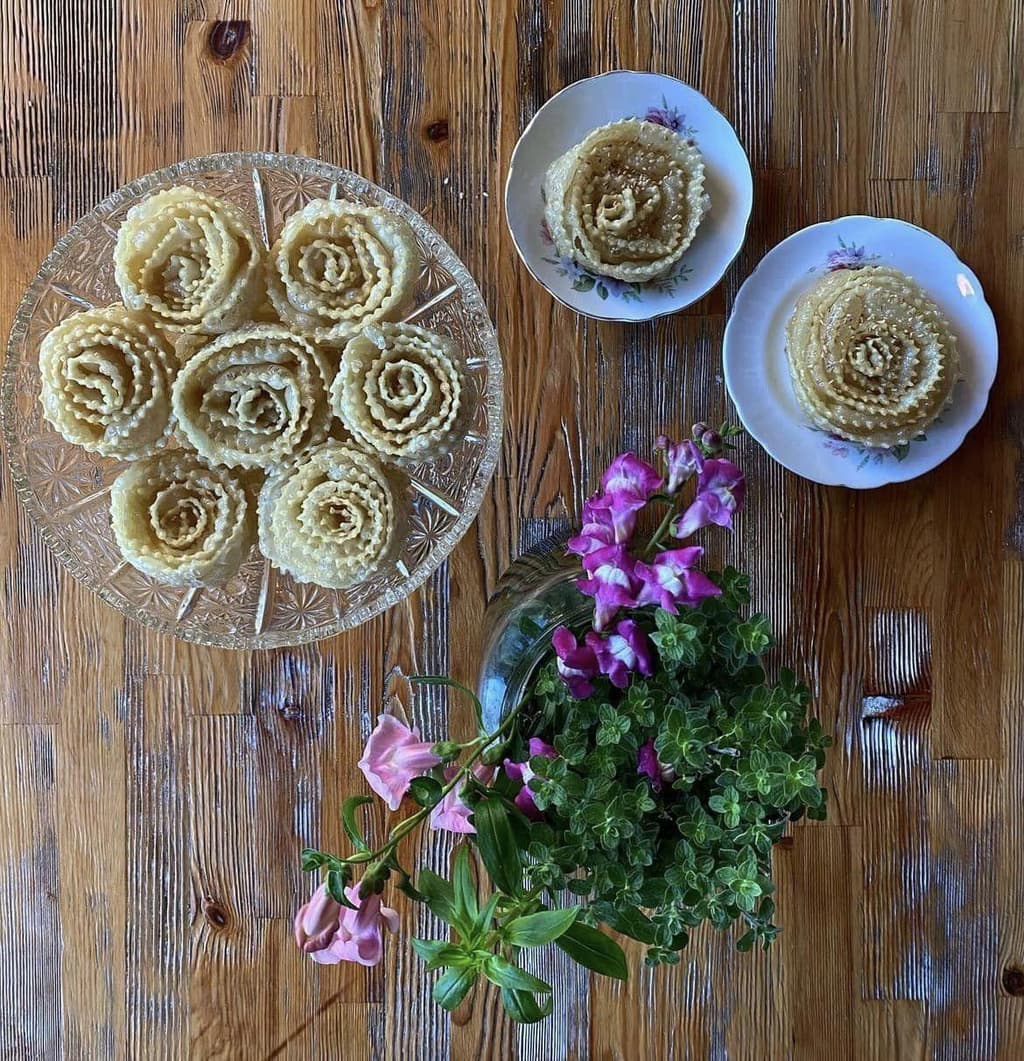
Xerotigana
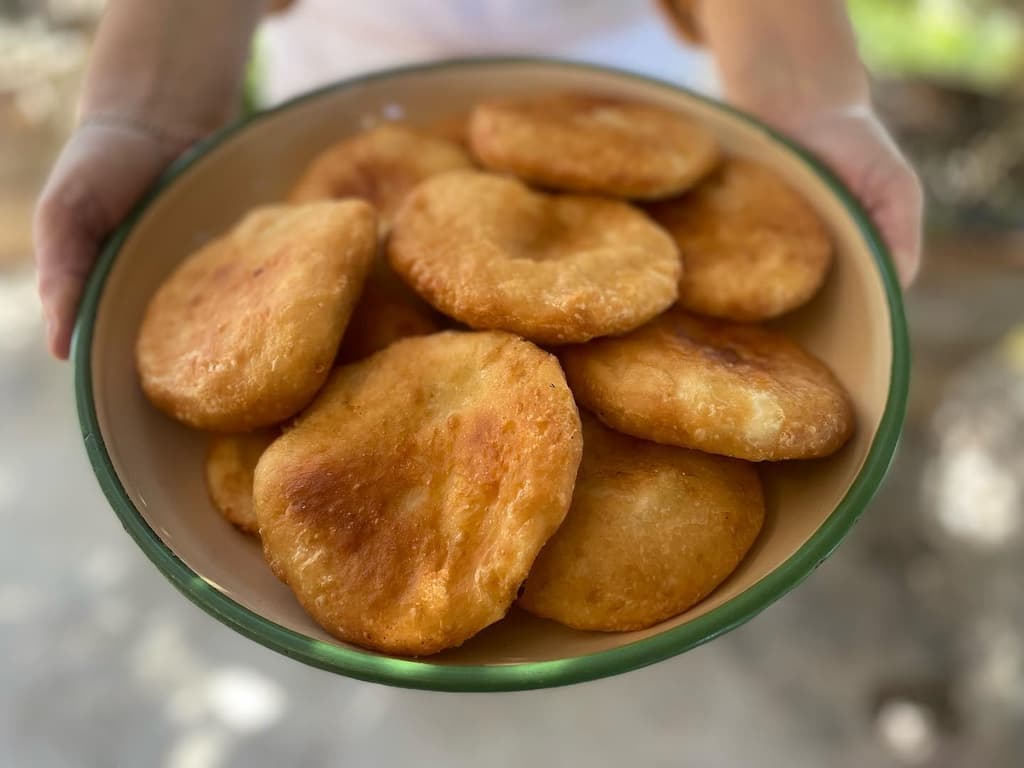
Agnopites
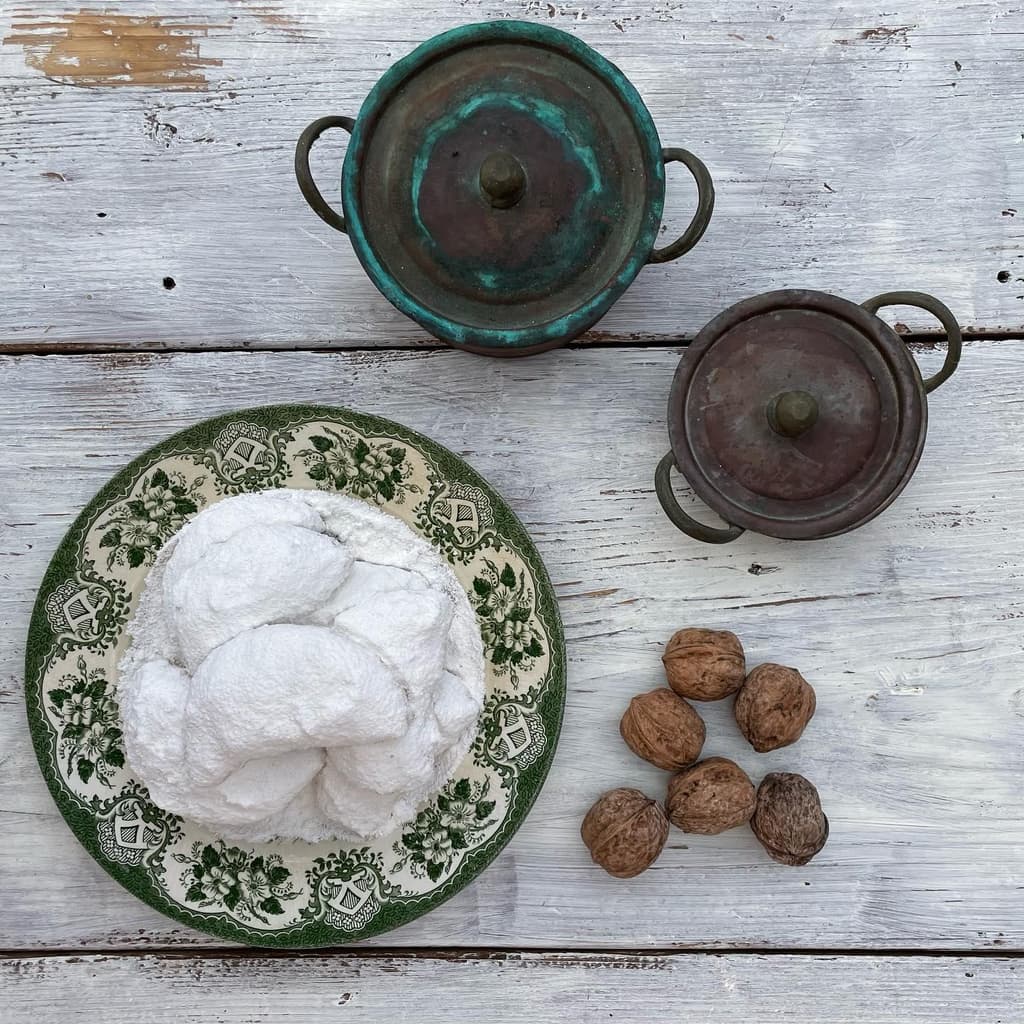
Patoudo
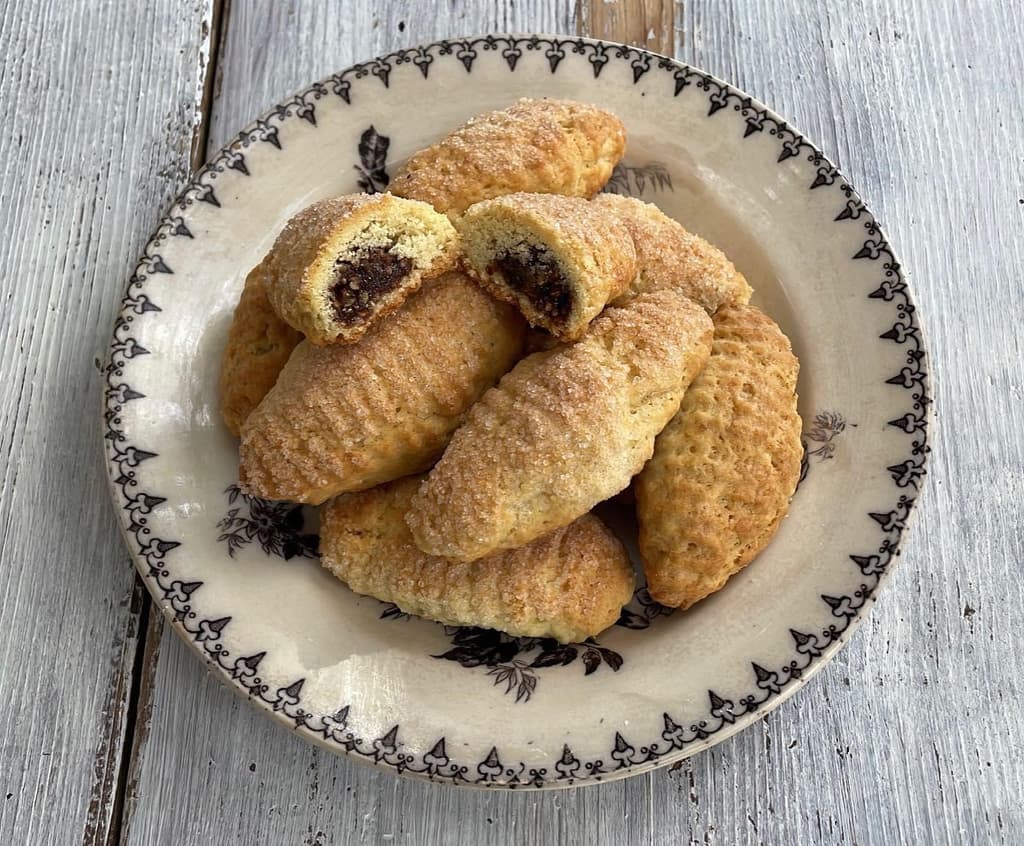
Safidota
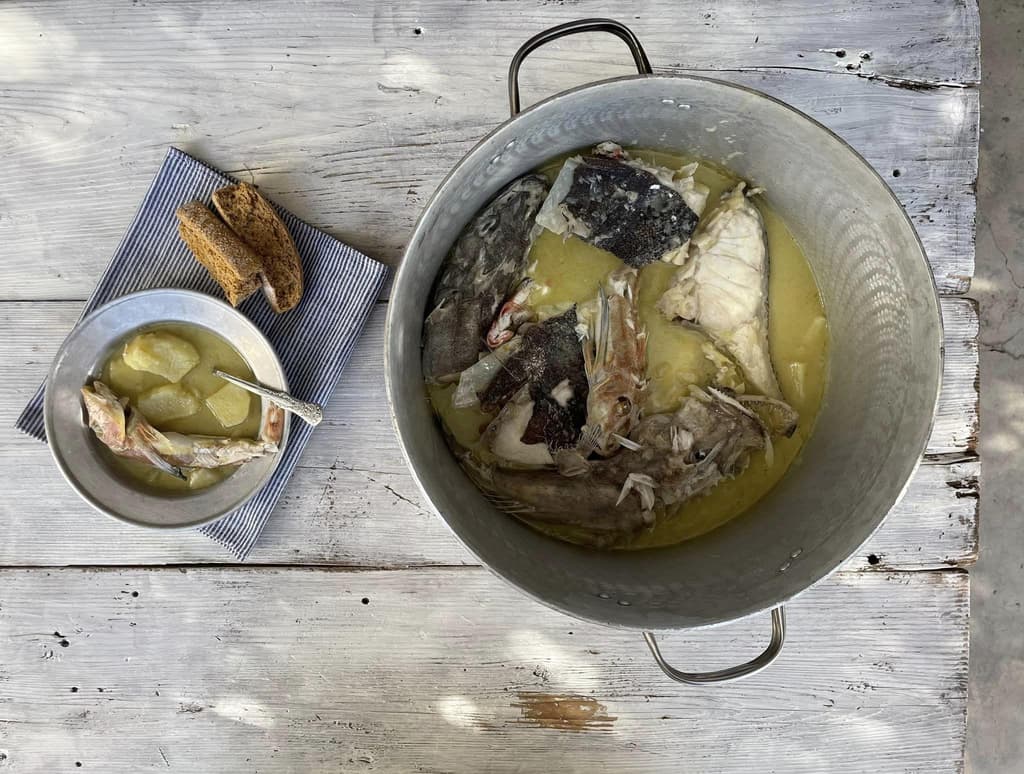
Kakavia (Fish Soup)
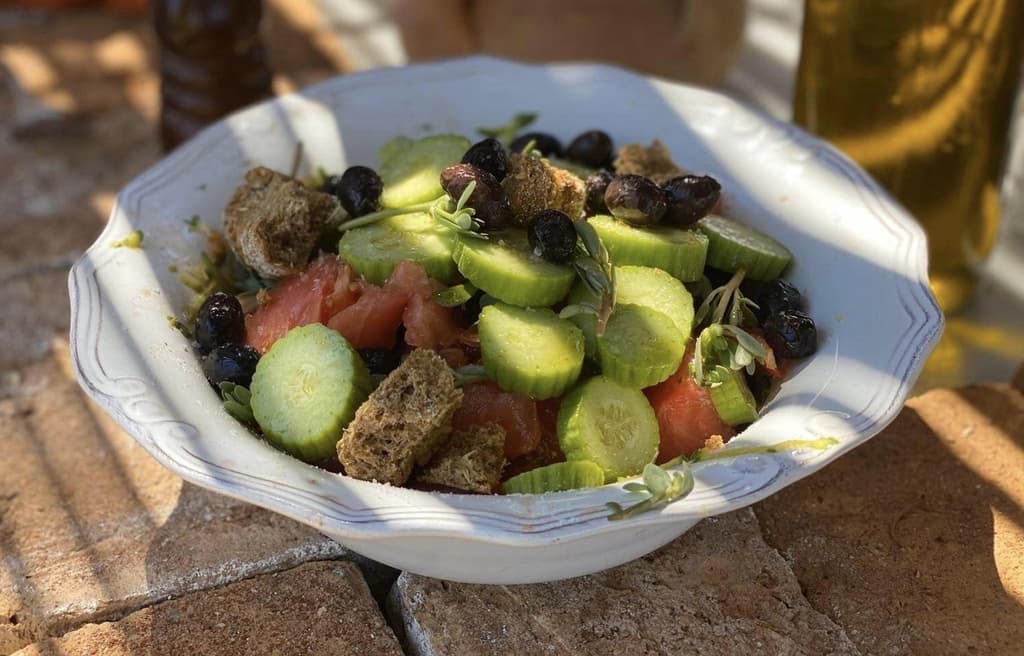
Cretan Greek salad
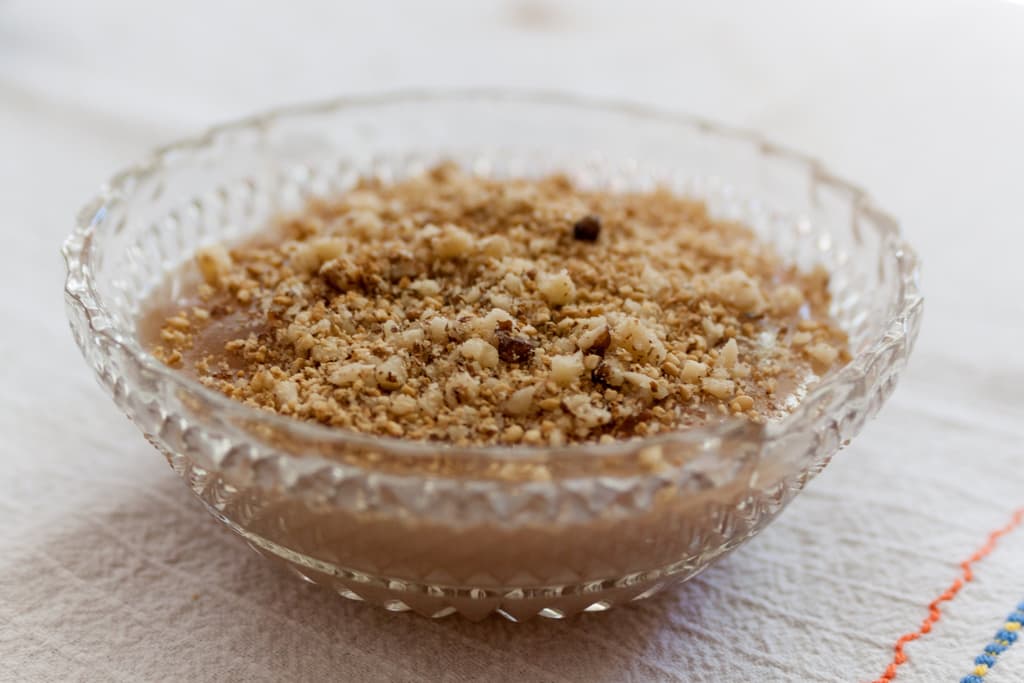
The Sweet Bounty of the Cretan Harvest
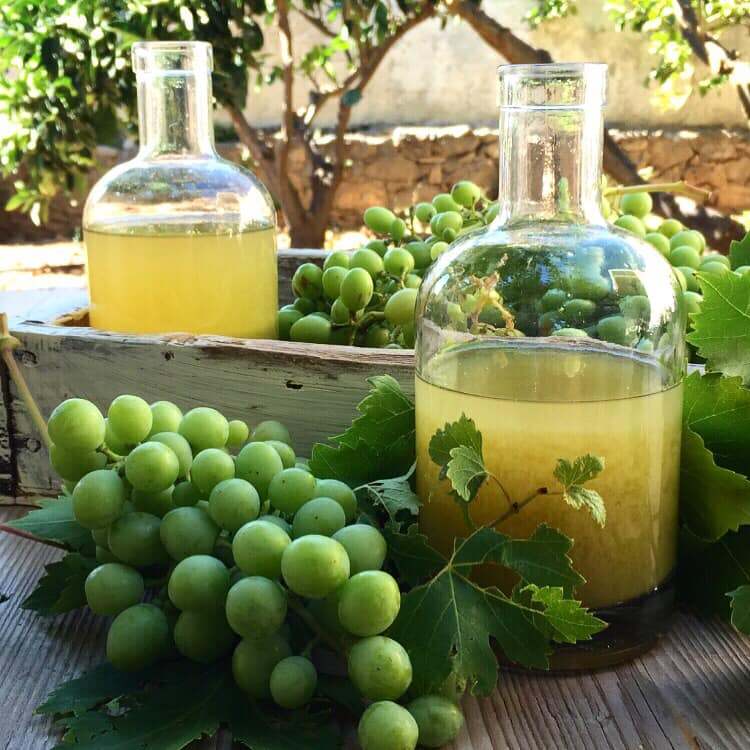
Okra and Unripe Grape
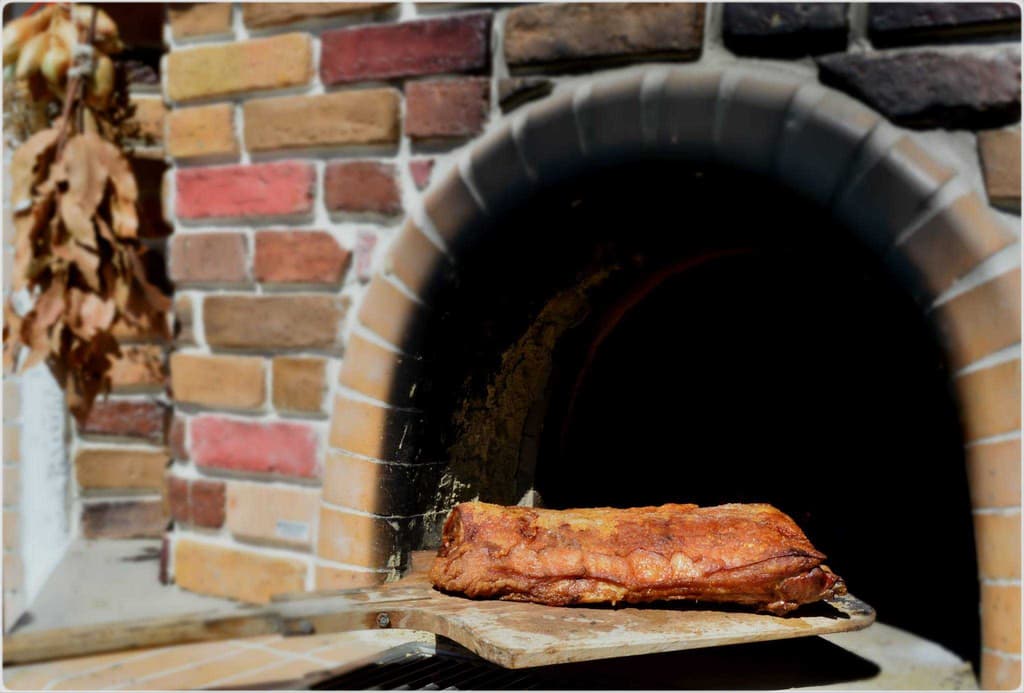
Kapriko
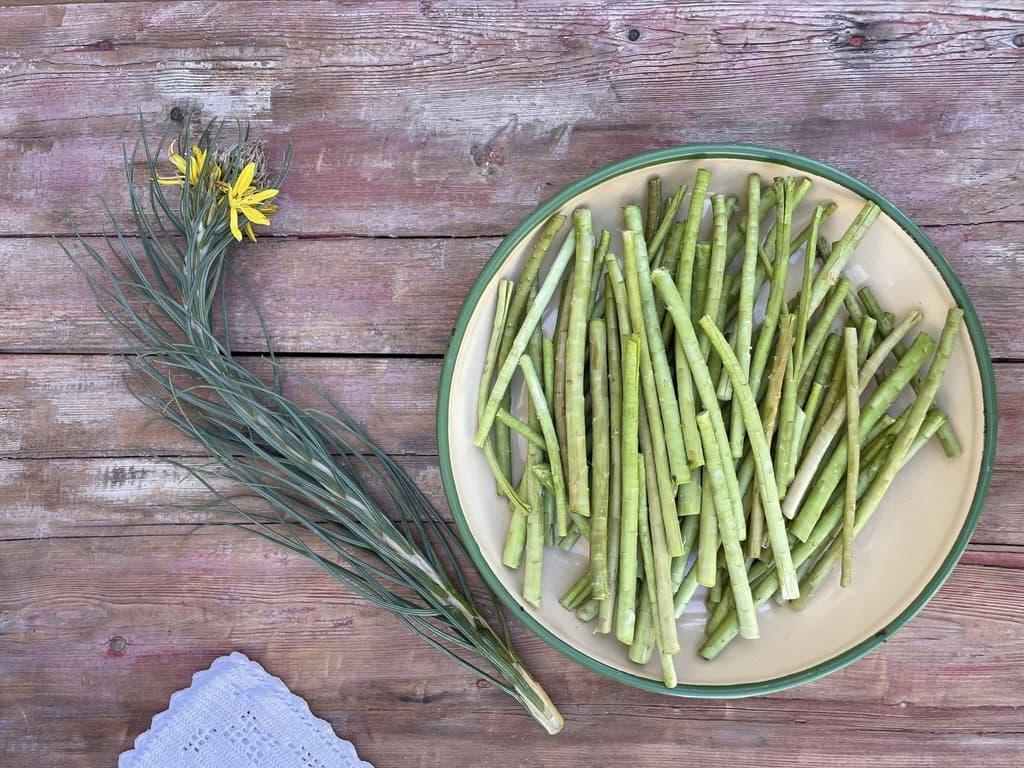
Discovering and Cooking Asphodelaceae: A Taste of Local Cuisine
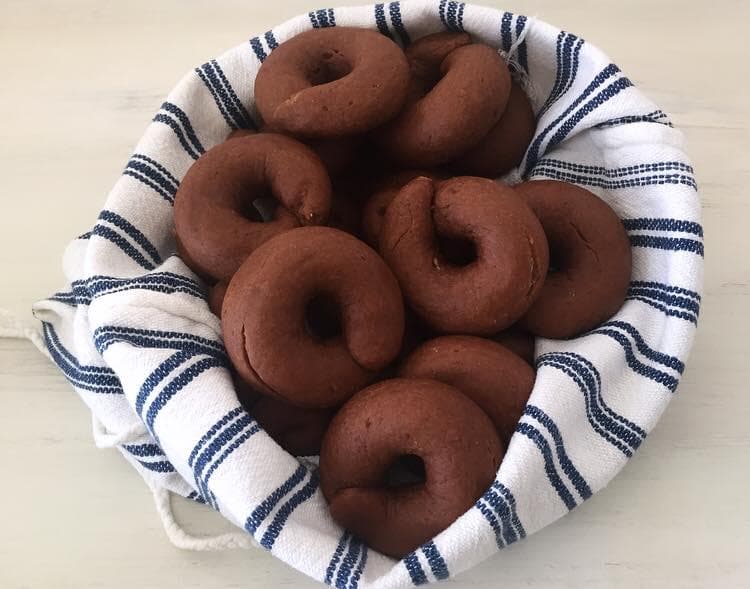
Moustokouloura
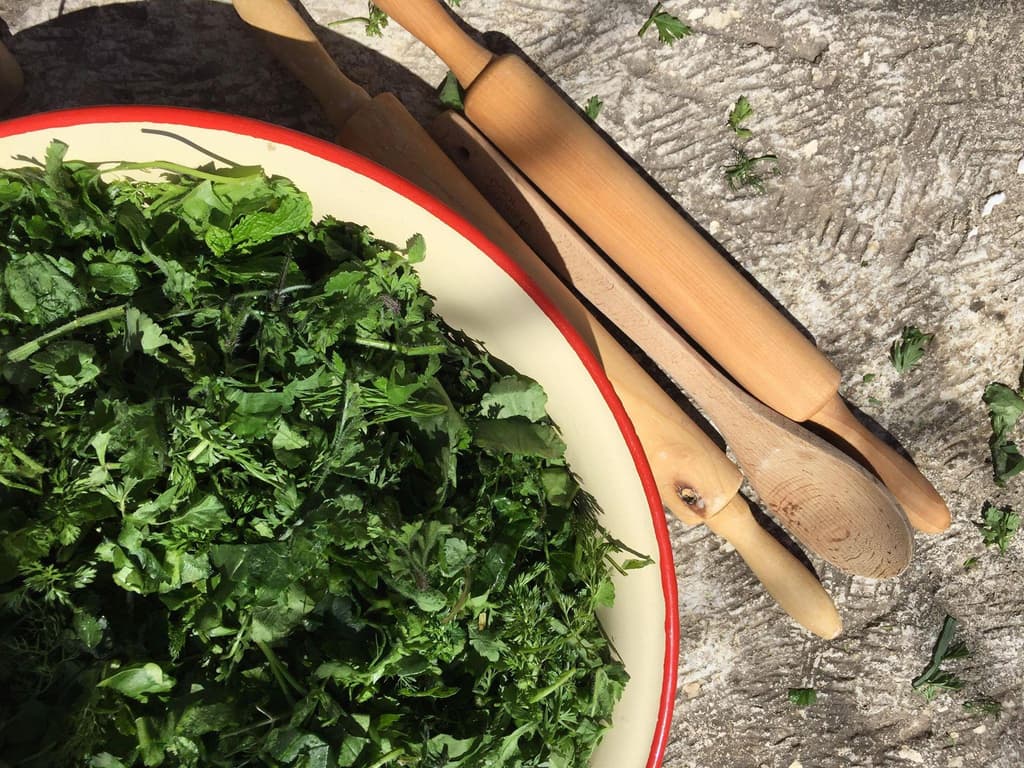
Pie with 'Yachnera' Greens: Baked to Perfection
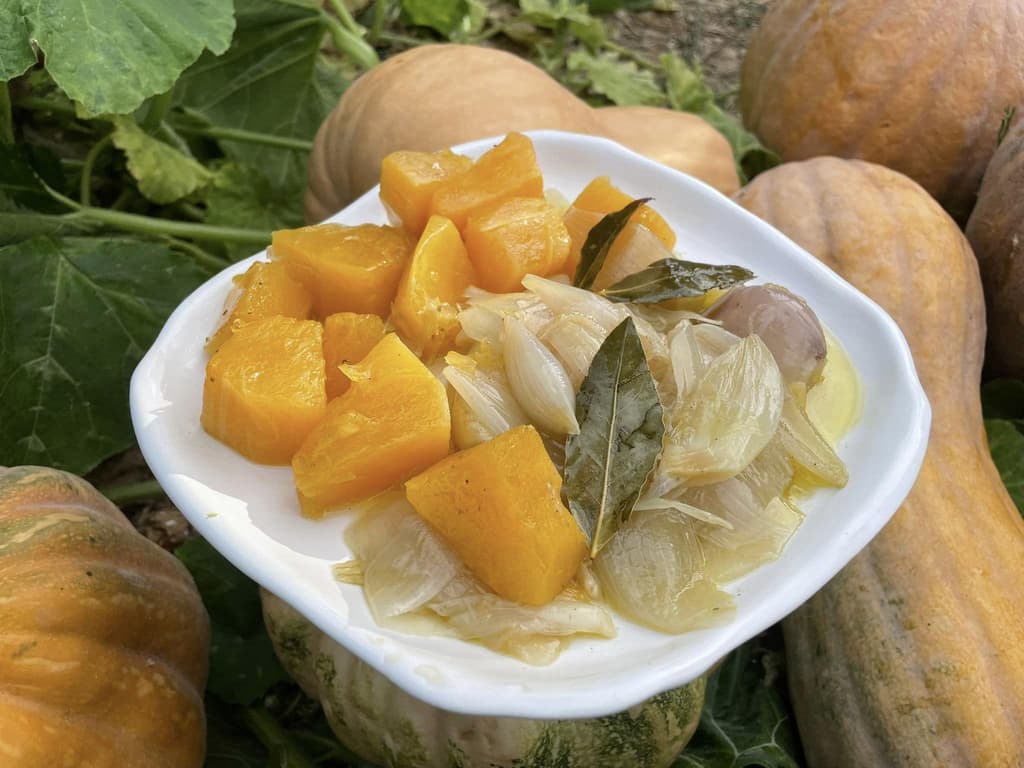
Pumpkin Stifado
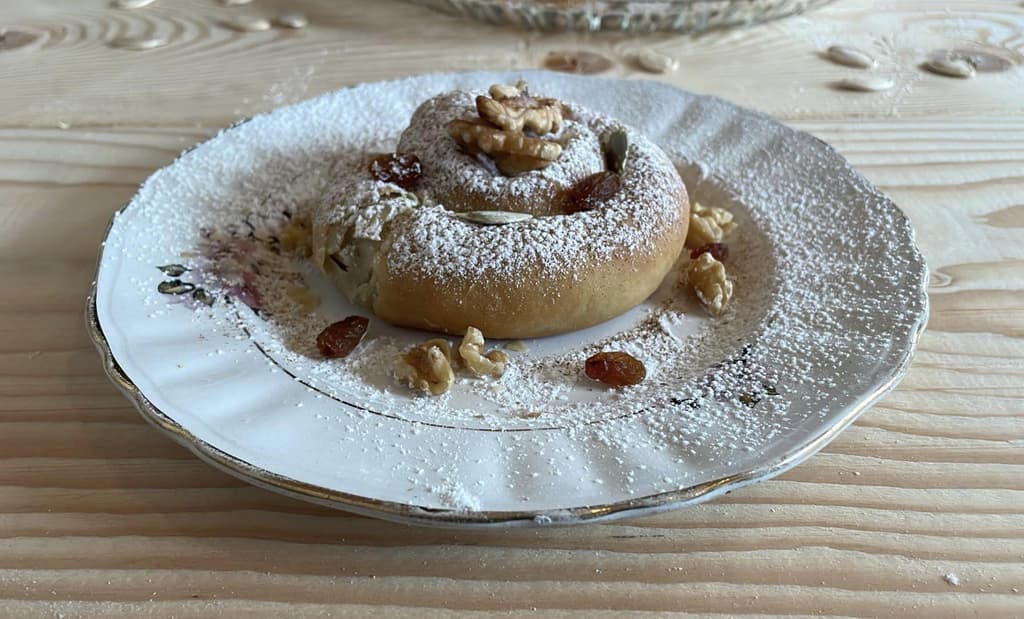
Sweet Pumpkin Pies with Raki Leaves (Oven)
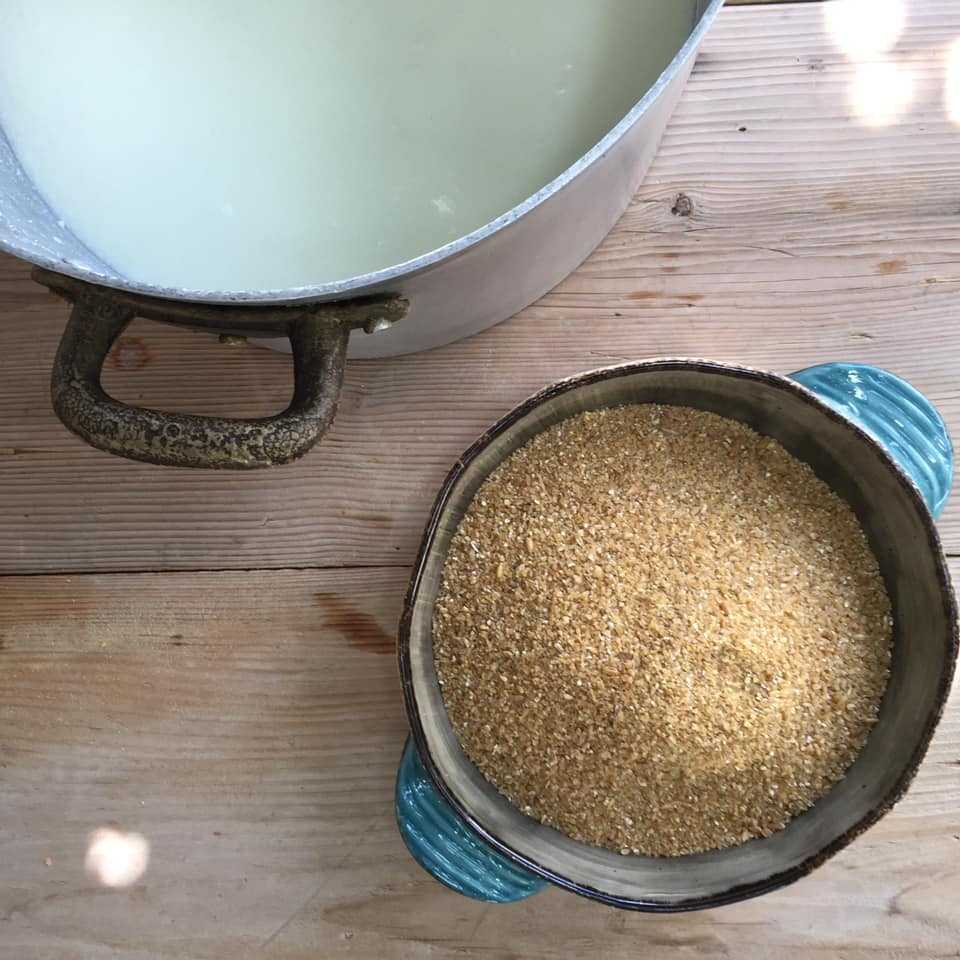
Xinochondros: Sour Bulgur Pasta
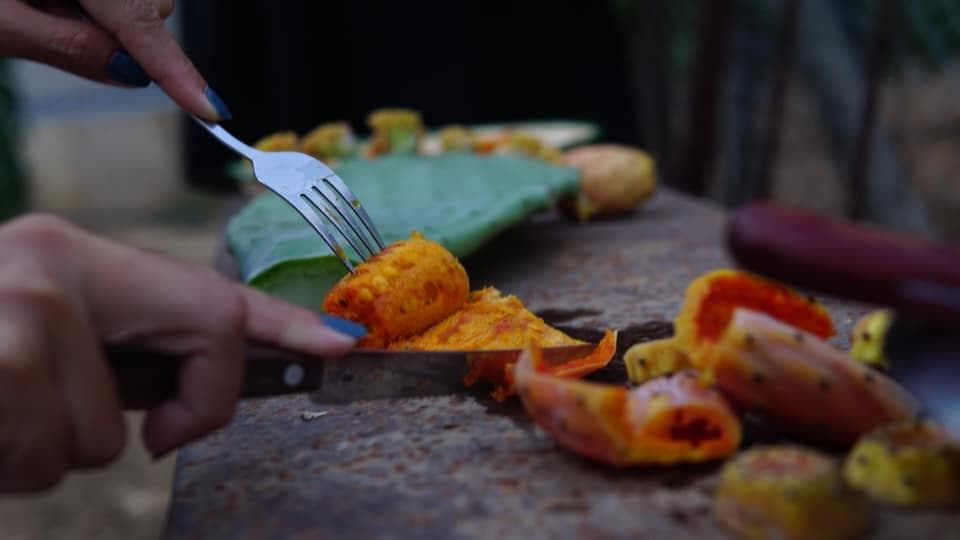
Prickly Pear or Indian Fig

Black Bryony

Tahini Soup without Oil
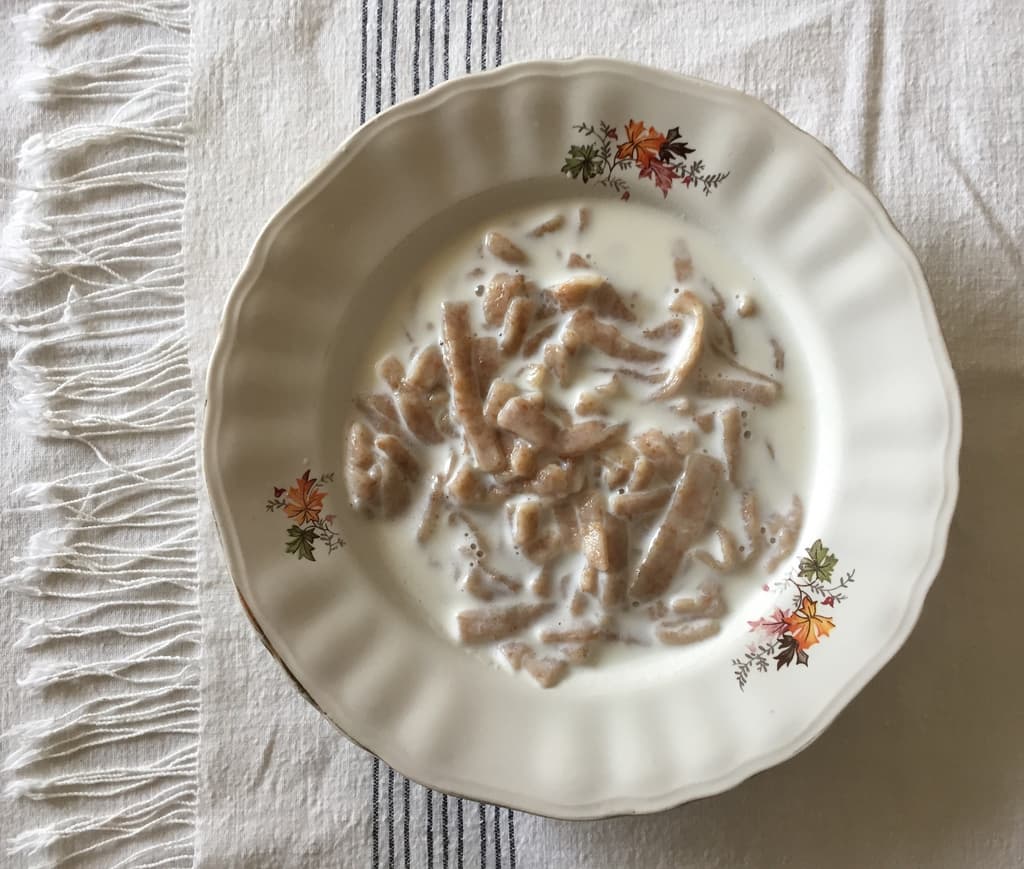
Chylofta with Milk
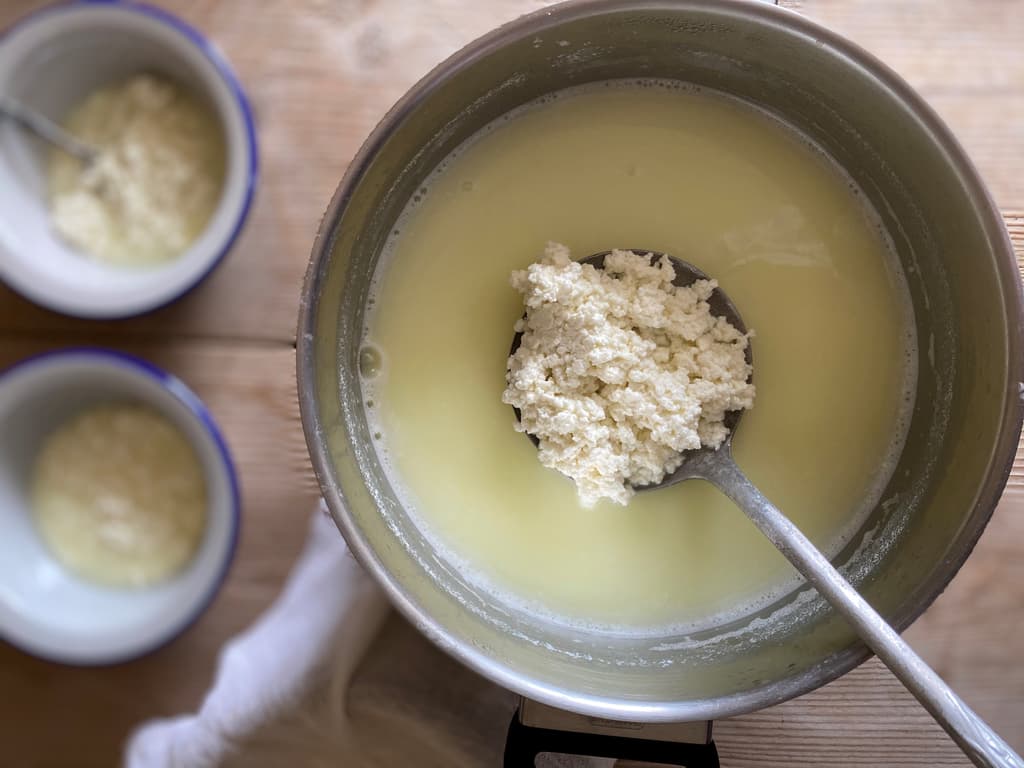
Tyrozouli or Cretan Home Cheese
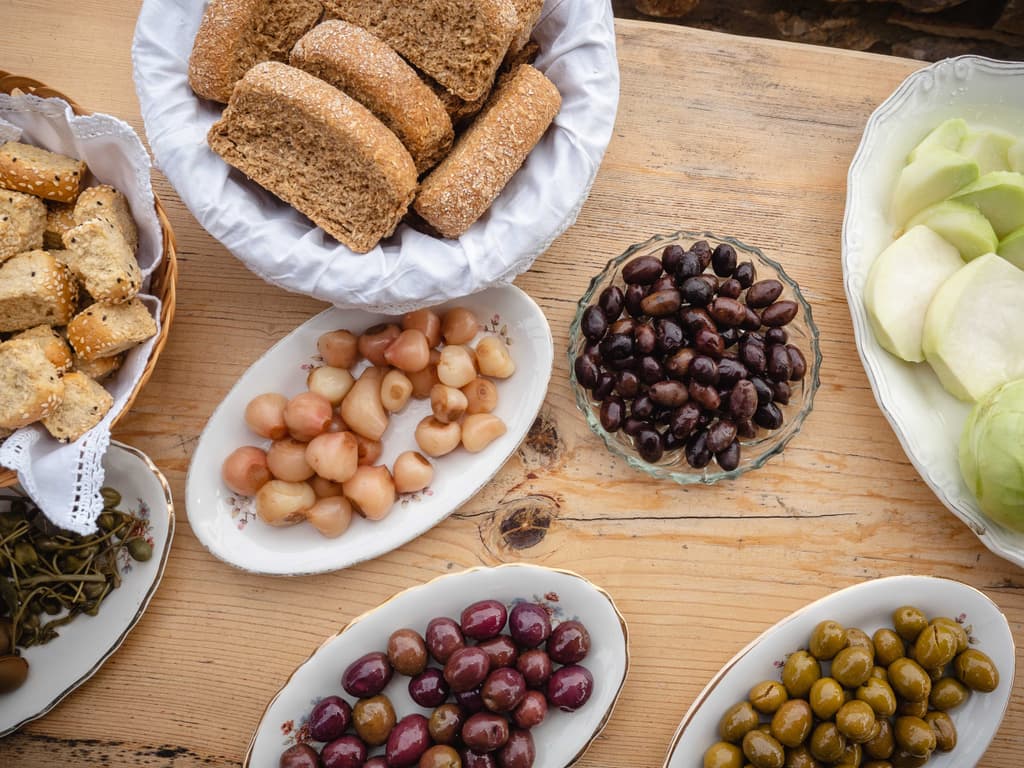
Pickled Tassel Hyacinth

Sourdough Dagoulakia
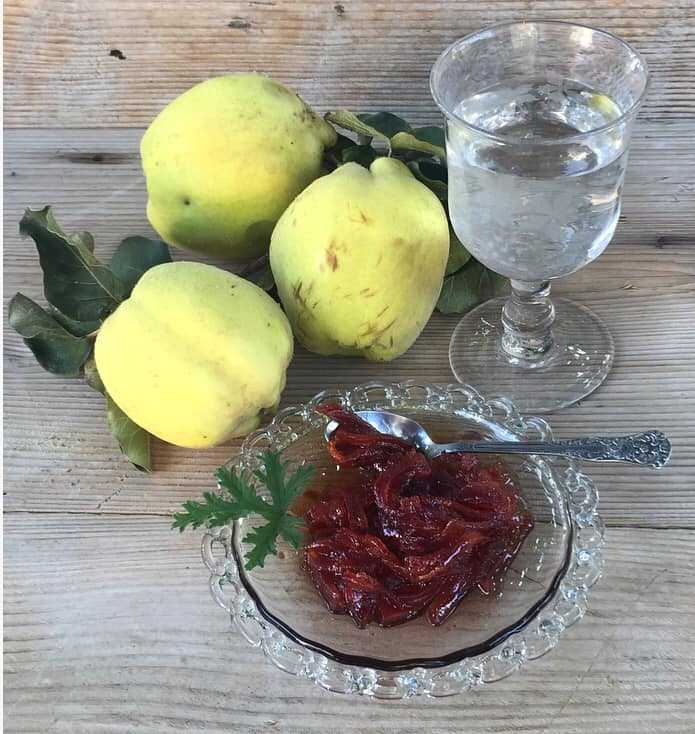
Quince Confection

Delicious Homemade Treat with Lemon Blossoms
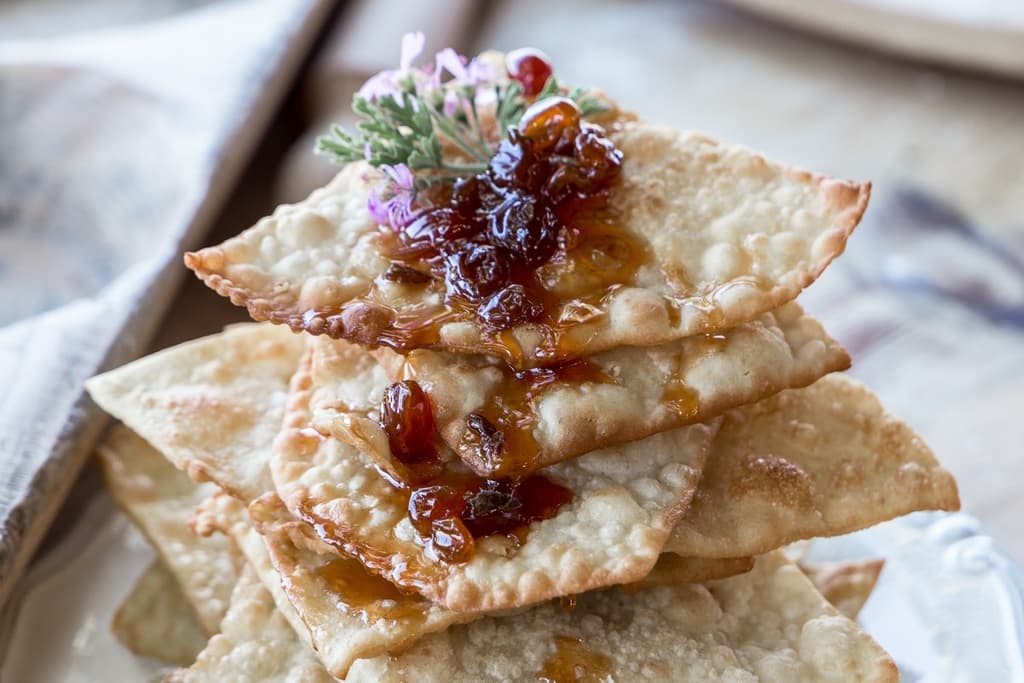
Tiganopites: Greek Fried Pies

Dietary Practices in 17th Century Crete
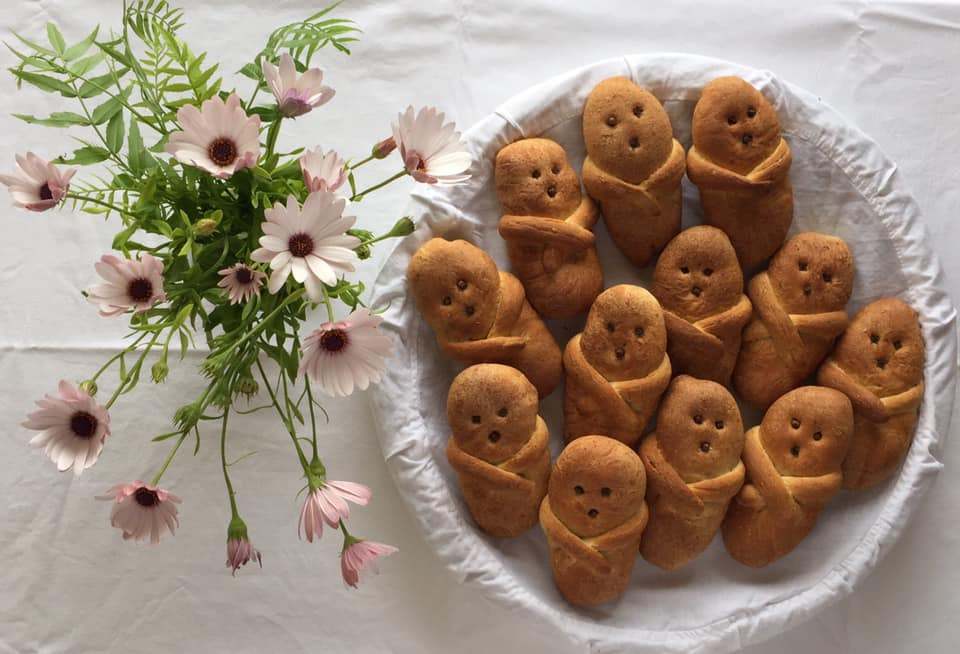
Lazarakia
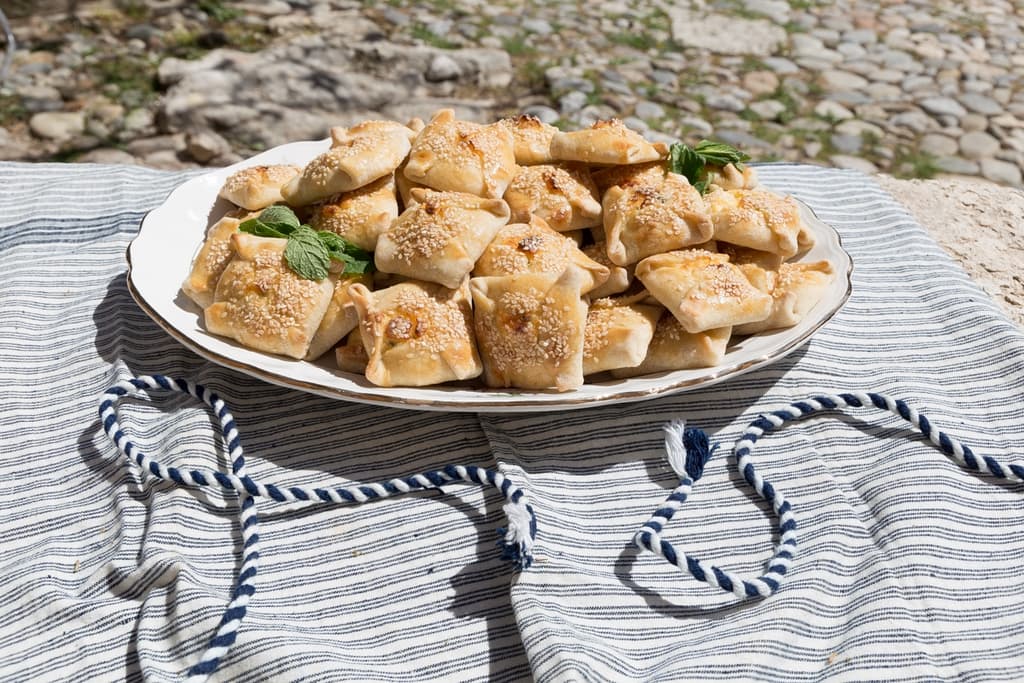
Kalitsounia from Chania
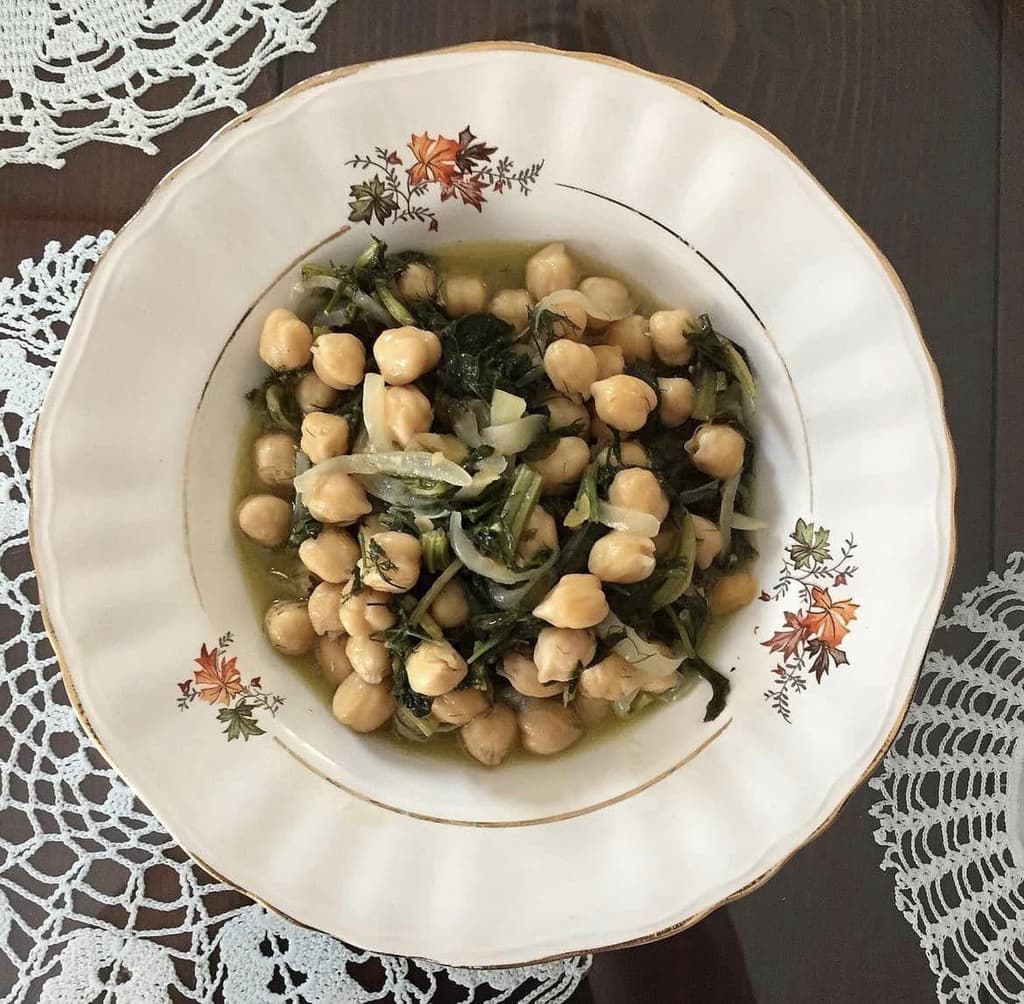
Chickpeas with Yachnera: A Delightful Dish
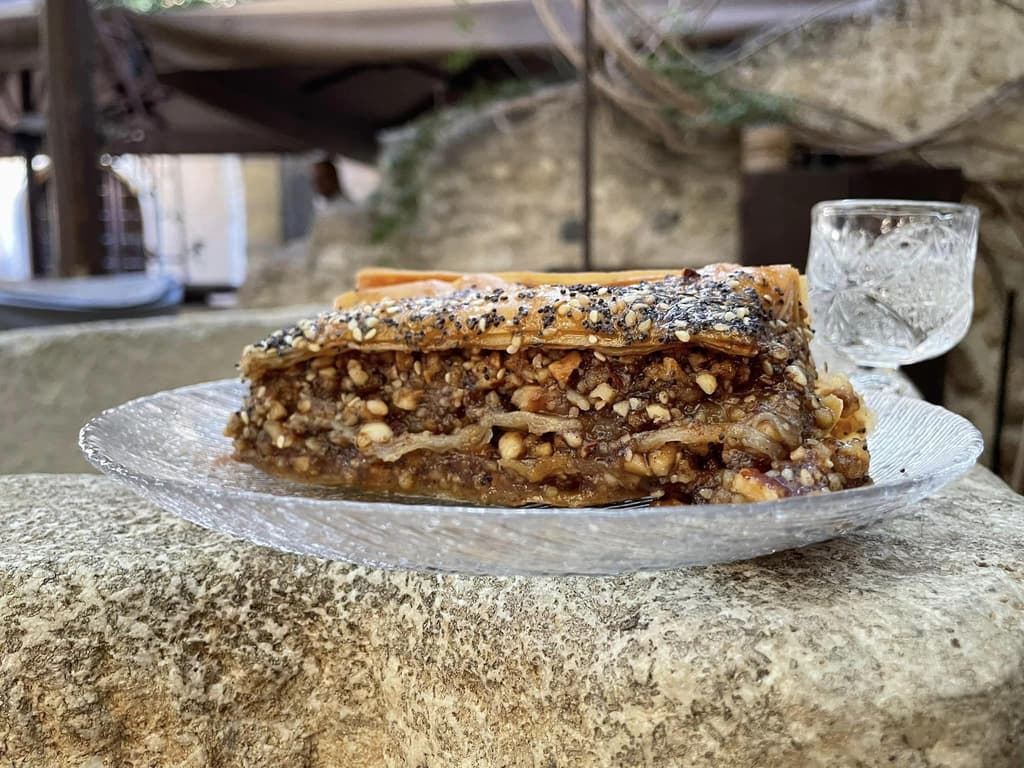
Gastrin


